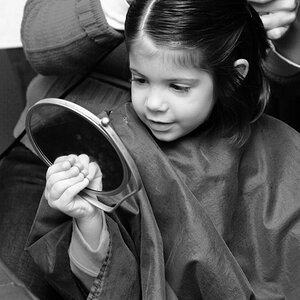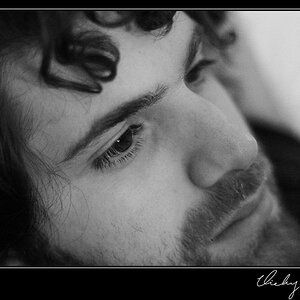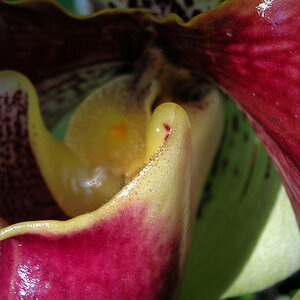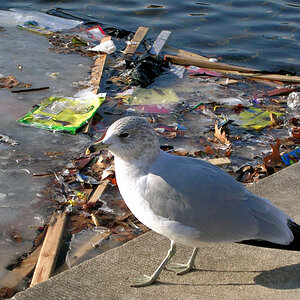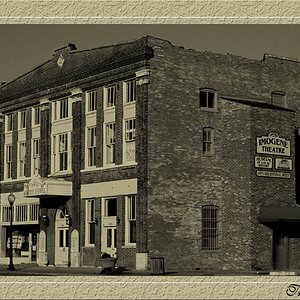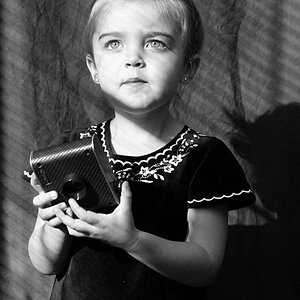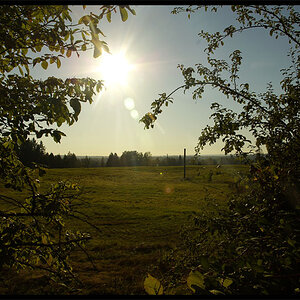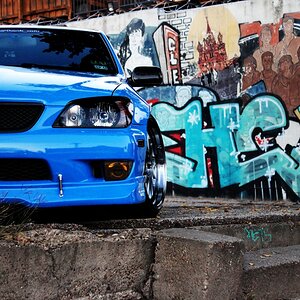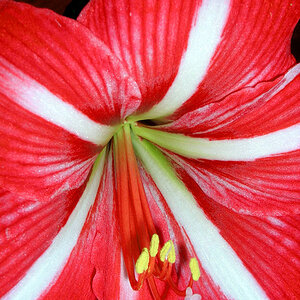- Joined
- Feb 1, 2004
- Messages
- 34,813
- Reaction score
- 822
- Location
- Lower Saxony, Germany
- Can others edit my Photos
- Photos NOT OK to edit
Permission given, of course  :greenpbl: --- I am really curious to see where this is going.
:greenpbl: --- I am really curious to see where this is going.
And my earlier remarks were spoken more in general than in direction to anyone in particular, Mike. No worries there.
And my earlier remarks were spoken more in general than in direction to anyone in particular, Mike. No worries there.



![[No title]](/data/xfmg/thumbnail/41/41899-007f14ae0d832ef200fd62eedc4da42e.jpg?1619739936)
